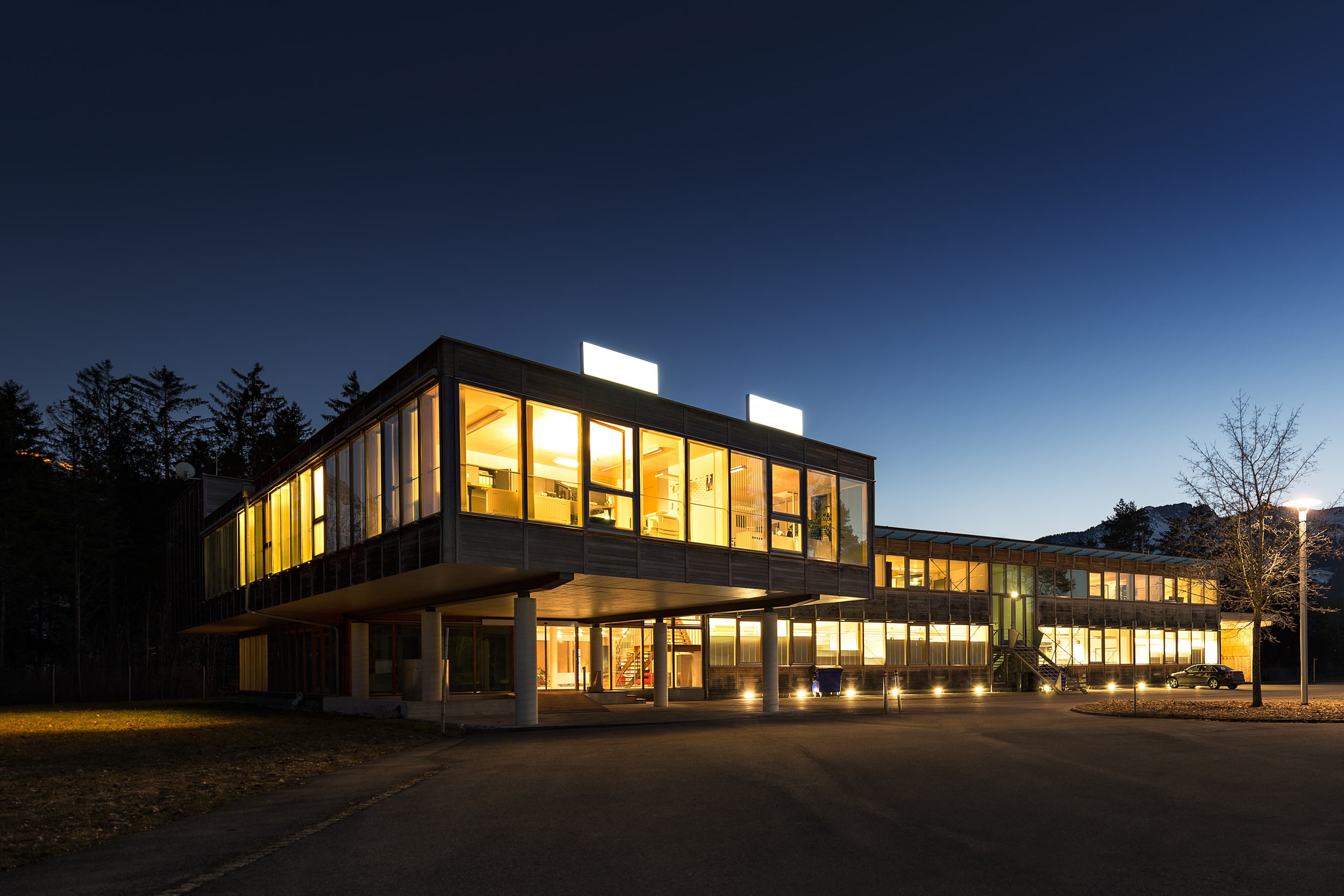Get in touch
Thanks for getting in touch

Is Passivhaus really more expensive? Here’s the truth.
You’ve probably heard a lot about Passivhaus. And you’re well aware of how it’s growing in popularity across the world, as a leading method of modern building standards that prioritises energy efficiency. But there’s one big question. Is it financially viable for you to consider Passivhaus?
There is plenty of reading material all over the internet that boasts the powerful cost-savings of a Passivhaus build in the long term, but that doesn’t detract from the higher initial outlay many will have to weigh up.
As low-carbon consultants experienced with Passivhaus principles, we’re going to explain the economics behind the building style and what you stand to gain.
What are the costs?
Passivhaus Trust’s 2019 report on Passivhaus Construction Costs showed a positive trend regarding costs for new builds. It confirmed that there has been a consistent trend in Passivhaus costs reducing in the last 10 years.
As of 2018, best practice costs were just 8% higher when compared to similar homes built to minimum building regulation quality. Better still, if you’re building at scale, costs could be reduced to only a 4% premium.
So whilst it’s strictly true that it does cost more to build Passivhaus, the difference is not only much less than many think but is likely to continue to reduce.
What do you stand to win from choosing Passivhaus?
With the rise in commercial and domestic energy costs, more people are considering ways they can reduce their usage. Passivhaus optimises properties for energy efficiency and sets them up for long-term savings in costs, as well as reducing carbon emissions.
The people within your property will also feel the benefits, with a more comfortable and consistent temperature that isn’t impacted quite so much by the changing of seasons. That means not having to resort to the heating on full blast 12 hours a day as soon as October rolls around.
Building to higher standards results in much lower maintenance costs over the years following the build. Whilst there are never any guarantees, your Passivhaus build is likely to run into fewer breakdowns, thus saving even more money as time goes on.
When it comes to selling your property, the value will be higher thanks to your up front investment. Running costs of homes and buildings will soon be an even bigger factor when buying or selling, thanks to the fluctuations in the energy markets.
What are the main Passivhaus principles?
The Passivhaus principles are as follows.
Low heating demand
Space heating demand of less than 15kWh/m²/yr. Your property uses 90% less energy to heat than an average home, over 75% less than the average new build.
High levels of insulation
Exterior walls achieve a U-value of less than 0.15, and insulation is designed to minimise thermal bridging.
High-performance windows
U-values less than 0.8.
Airtightness
Less than 0.6 air changes/hour at 50Pa (Pascal) creating a significantly more airtight building than using standard build models.
Ventilation
Mechanical ventilation with heat recovery (MVHR) provides fresh air and more than 80% heat recovery from ventilation exhaust air.
Optimised solar gain
The building is designed to make use of available solar gains, reducing the heating energy required in the winter months.
What’s the most efficient way to achieve Passivhaus standards?
Whilst you can retrofit a property to Passivhaus standards, that’s often going to be an expensive job that impacts the savings associated with the building style. By making Passivhaus part of the initial build brief, you allow your property to be designed and orientated around the principles and is, in turn, less cost-prohibitive.
The simplest way to ‘get it right’ is to work with an experienced Passivhaus designer or consultant. You should ensure your appointed Passivhaus designer is involved from the start of the project, sharing their Passivhaus experience with other project stakeholders to keep the project on track and effective. Passivhaus doesn’t need to be complicated – and engaging an expert will make it much simpler.
From the start of your project, the certifier should be a key part of your process. The earlier they’re involved, the better for the project. They will lay out requirements for each stage of the process and ensure you’re ticking them off as you go along.
We’re low-carbon consultants – and we’re ready to help
Demiurgic Consulting Engineers is a specialist building services design practice and experienced low-carbon consultants. With our assistance, you can make sure that your current property portfolio or new construction is optimised for Passivhaus with energy efficiency, cost savings, and a decrease in carbon emissions.
Talk to one of our team about how we can build, retrofit or assess your property to Passivhaus standards. Visit our contact page to get in touch now.
Get in touch today for a complimentary initial consultation
Book a complimentary initial consultation with one of our building services engineers and find out how we can be a key member of your design team, adding value to your project by delivering innovative, value-for-money solutions.
Get in touch








